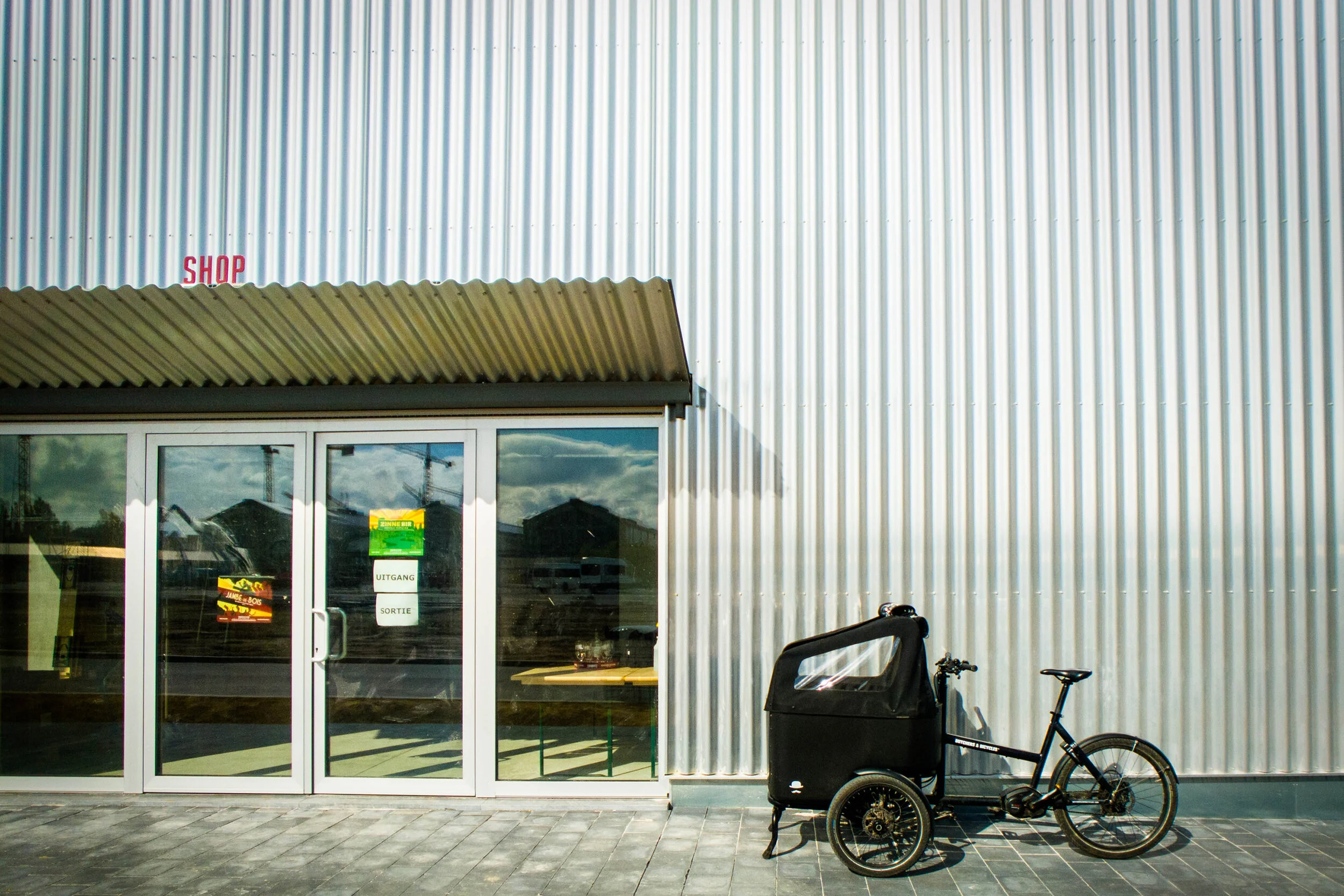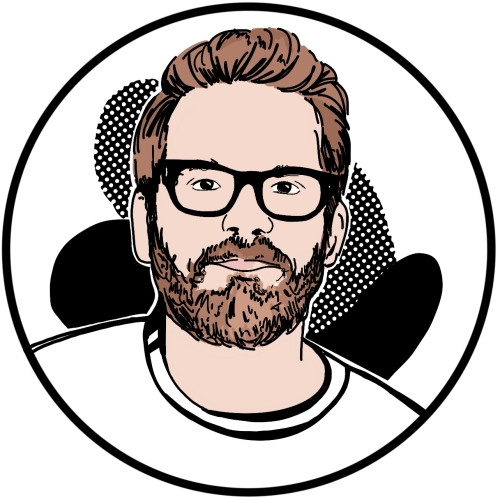At first glance, not much has changed on our residential Brussels street. But it’s not the same as it was before. The revving of speeding cars still disturbs the peace. But there are much fewer than usual. People are out walking. But they veer onto the street in the face of oncoming pedestrians, makeshift facemarks bundled carelessly under their chins. And the warehouse lying empty for the five years we’ve lived here is a hive of activity, its entrance frequented by vans with Belgian Red Cross stickers throughout the day.
Since March 13, the start of Belgium's “lockdown," my world has shrunk to this street, and these mundane disturbances have become the norm. What excursions there have been have amounted to short bike rides to the supermarket a couple of streets over to fill our cargo bike with food and drink. Lockdown has been hard, but we’re lucky; we’ve stayed healthy, there’s a small garden out back, and plenty of rooms to escape into when family company becomes intolerable. Even so, the daily grind has gradually worn away the thrill of the doorbell heralding the delivery of a new case of beer. It’s also worn away the surreptitious joy at taking the cargo bike—kids and all—just a little too far beyond our corner of Brussels than the government might like, and the initial excitement of video chats has been replaced by a yearning for real human contact.
But things are changing. And while normality is unlikely to return soon—if ever—businesses are slowly coming out of hibernation and bonds that have held us indoors are gradually loosening. So when I saw that Brasserie de la Senne, the brewery nearest my home, was opening up for pick-up sales, I began counting down the days to when I could saddle up and steer the cargo bike down there. Not just to pick up beers fresh off the bottling line—although the promise of fresh Zinnebir is a strong incentive. Nor for a sneaky nose around de la Senne’s brand-new, corrugated-metal-clad brewery. But really, just for a chance to strike out from our street with some purpose, playacting at a sort of pre-pandemic normalcy to see if the muscle memory was still there. And to do it alone.

